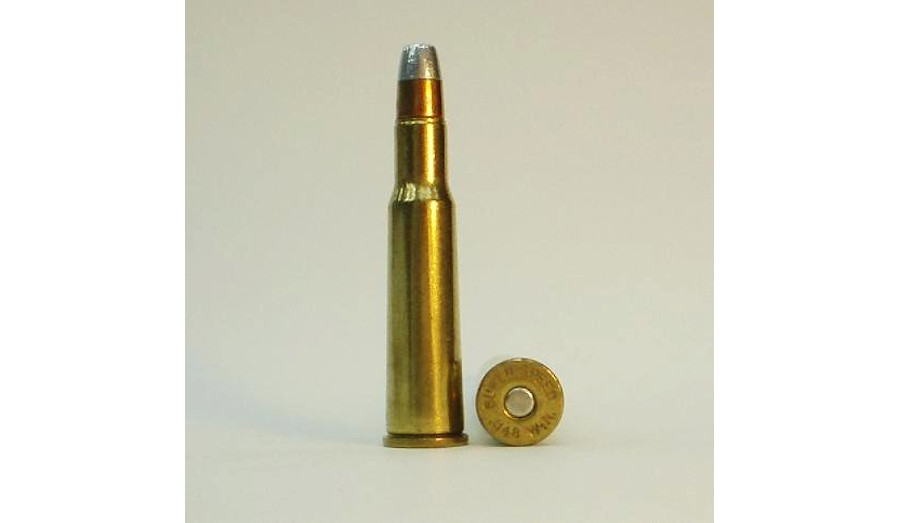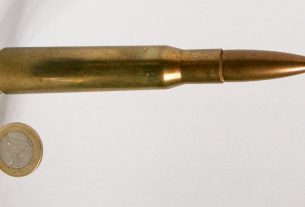The .348 Winchester is unique in that it was only chambered in a single firearm, the Winchester Model 71 lever action rifle. And the Model 71 is unique in that it was, aside from some very rare special productions, only chambered in .348 Winchester. Because of that, the .348 Winchester and the Model 71 never quite gained the traction they could have.
The really unique aspect of the .348 Winchester is that it uses .348”-diameter bullets, an odd size not used by any other cartridge. At the time it was introduced in 1937, that size slotted it right between the .333” bullets used in cartridges such as the .333 Jefferey and the .358”-diameter bullets used in cartridges such as the .35 Remington. But did the new .348 Winchester offer anything those bullets couldn’t?
The .348 Winchester ended up being one of the most powerful factory-loaded cartridges ever chambered in a lever-action rifle. It pushed a 200-grain bullet to around 2,600 feet per second and a 250-grain bullet to around 2,300 feet per second, for around 3,000 foot-pounds of muzzle energy. But as with all tubular magazine lever action rifles, the .348 Winchester in the Model 71 had to be loaded with flat-nosed bullets, limiting its effective hunting range to 400 yards or less.
With such limited ammunition options, limited support for handloaders, and new options popping up all the time in the 1950s, .348 Winchester never really gained popularity, and production of the Model 71 ceased in 1958. In recent years the .348 Winchester and the Model 71 have gained renewed popularity, with new rifles being produced. But bullet options remain limited, with only a handful of manufacturers producing bullets between 200 and 250 grains. Bullets are expensive too, coming in at $1 or more per bullet. That makes handloading a very expensive propostion, and there are cheaper or better caliber options out there, such as .45-70 with Flex Tip bullets. Factory ammunition is limited too, and you can expect to pay $2.50 to $3 per round.
The .348 Winchester is perhaps best known today as being the basis for the .50 Alaskan wildcat cartridge, a .348 Winchester case necked up to .50-caliber for use in Alaska to take big bears with a lever action rifle. Aside from that, its use is limited to those collectors who still shoot their Model 71 rifles. With ammunition and reloading supplies expensive and hard to come by, there are better options out there for those looking for a powerful rifle for a survival scenario, even those wedded to the use of a lever action rifle.
This article was originally posted on Red Tea News.





